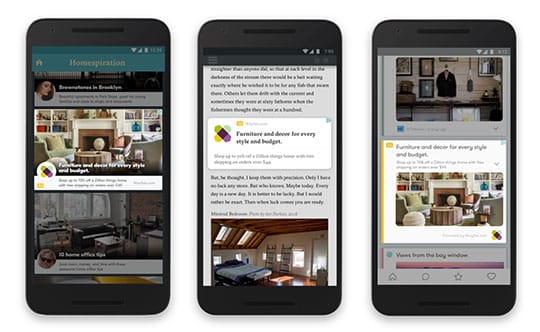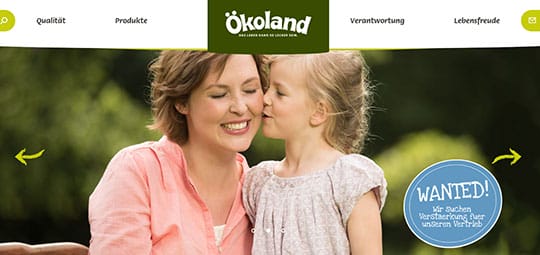Millennials make up a huge portion of buying power in the United States. In fact, they’ve become the largest generation in the nation. And their interest in technology is noteworthy in the retail space. Although their spending has not quite surpassed Generation X or Baby Boomers, their numbers are growing, and understanding their expectations is huge for your business.
Their opinion is particularly important when it comes to online business. Millennials spend up to 25 hours per week online, and although the majority of that time is spent on social media, a good portion is used to engage with brands on their websites.
If you want to catch the attention of this group that’s always seeking the next best thing, here are some things you’ll want to include on your website.
Fast and Responsive Design

Patience for website loading speeds is getting shorter and shorter with each generation; especially if they’re viewing your content on a mobile device. If your content doesn’t load in less than two seconds, your abandonment rates rise by nearly 50 percent.
What’s more, 98 percent of the millennial generation own smartphones, and they spend more than half of their internet browsing time on mobile devices. With this in mind, it’s clear how important it is to speed up your website and make it responsive to this group that holds massive buying power.
Recommended for you: Marketing to Millennials – 7 Strategies to Get Started.
Relevant and Authentic Advertisements

Advertisements are a staple of today’s websites, especially if you’re trying to earn a little money on the side. Millennials aren’t totally opposed to advertisements. In fact, a recent Nielsen poll of millennial customers revealed that most millennials (75 percent) aren’t bothered by advertisements if the content they’re viewing is free. However, they do say they would like to see more advertisements that appeal to them.
Too often, an advertisement feels forced, fake, or boring to this generation. “Millennials may be an enigmatic generation – but with the right strategies in mind, marketing to them can be relatively straightforward,” says Arash Asli of the online appointment booking service Yocale. “As an always-on, interconnected generation, they thwart common advertising tactics – but some core advertising principles still apply.”
Selling advertising space on your website is not a problem if it’s applicable. If you can attract advertising content that’s real, entertaining, and/or valuable, you’ll get a better response from your millennial customers.
Proof of Charity and Sustainability

Millennials have a surprising interest in companies that recognize the world around them and want to give back. For example, the Toms shoe company became even trendier among this generation when they started using their purchases to help those in need.
“Millennial embrace of the Toms Shoes brand is an example of a peer-driven business growth where social impact becomes synonymous with cool,” says Michael Russo of the publisher GreenBiz. “Toms made it easy to take an impactful action; attracting a socially conscious millennial audience who take easy social actions such as online petitions, likes, and shares.”
Toms has designed their website to show proof of their socioeconomic efforts. They advertise that when purchasing an item, they’ll help someone in need with shoes, sight, or water. Contribution to a cause greater than your own personal financial security makes you even more attractive in the eyes of millennials. And talk is not enough. You need social proof to back up your claims.
You may also like: 8 Website Design Improvements that will Attract New Customers.
Keep Marketing Basic

There will be opportunities to try elaborate marketing schemes on your website to hook this younger generation. But most of the time, less is more. Stick to the basics.
“Have something to say? Say it. Want to show something? Show it,” says John Stone of Web Design Ledger. “Don’t make the younger audience jump through hoops to understand what you mean. The younger generation is busier than ever with modern day deadlines and activities throughout the day. Don’t keep them waiting. Be sure to deliver your content and design your website in a digestible way that can be understood right away.”
Here’s the bottom line:

Buying power is rapidly switching to the hands of millennials. And websites that don’t evolve to meet their online viewing demands will be left behind. There’s a lot to be said for a company that’s willing to shift its online perspective to match that of their customers. And catering to their needs is the first step in getting there.





